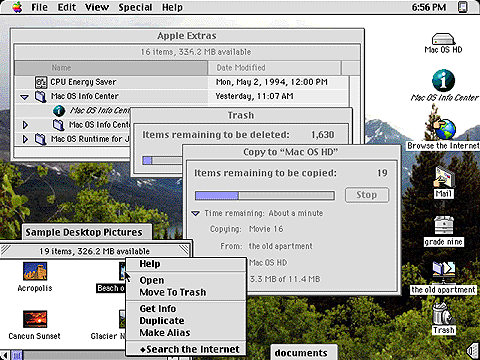

macintosh.js comes closest to that - it packages James’s Basilisk II port with a large (~600MB) disk image and provides a way of sharing files with the host. They’re great for quickly launching a single program and playing around with it, but they don’t have any persistence, way of getting data in or out of it, or running multiple programs at once. However, none of these setups replicated the true feel of using a computer in the 90s. The Macintosh Repository is experimenting with in-browser emulation via either Basilisk II or vMac.RetroWeb Vintage Computer Musem, also based on James’s PCE.js work.OldWeb.Today, which extends James’s Basilisk II work to support a working networking stack.The Internet Archive’s Mac Emulation, which is partly based on James’s PCE.js work.James Friend’s in-browser ports of the Basilisk II and PCE.js emulators.Some research into browser-based alternatives uncovered a few options: As far as I could tell, that was still the state of the art, at least if you were targeting late era 68K Mac emulation. I had earlier experimented with Basilisk II, which worked well enough, but it was rather annoying to set up, as far as gathering a ROM, a boot image, messing with configuration files, etc. My heritage being of the classic Mac line, I was curious what the easiest to use emulation option was in the modern era. Projects like v86 make it easy to run your chosen old operating system in the browser. Between increasing CPU power, WebAssembly, and retrocomputing being so popular The New York Times is covering it, it’s never been easier to relive your 80s/90s/2000s nostalgia.


 0 kommentar(er)
0 kommentar(er)
